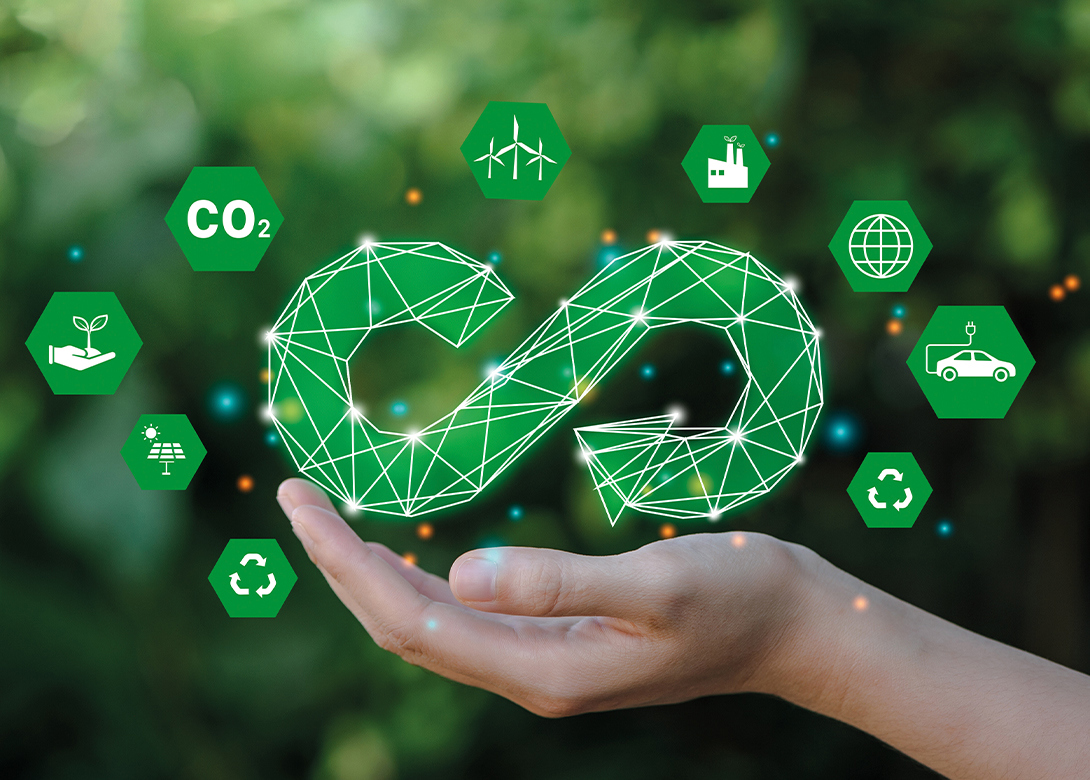
By Barbara Sorgato, secretary general, European Consortium of Anchor Producers (ECAP)
Thinking in terms of circular economy, whilst living in a capitalistic system based on the principle ‘take, make, waste’, is a bit of a challenge and it will take some time for society to think in different terms. However, it seems that there may not be any time – with sustainability and the circular economy one of the challenges that the European industry is called to face now, whilst continuing to sell and compete on the global market.
To tackle this topic, the first exercise to do is to remove the magnifying glass from the world of fasteners, from our daily life, possibly even from our country and, once in space, look at the earth from afar and examine our economy system. In our current economy, regardless of the degree of economic development of states and populations, the basic principle is that we take materials from the Earth, make products from them, and eventually throw them away as waste. This process is called ‘linear process’.
Why is it a challenge?
Global consumption of materials such as biomass, fossil fuels, metals, and minerals, are expected to double in the next forty years, while annual waste generation is projected to increase by 70% by 2050. If we stick to our actual production system based on our linear system – ‘take, make, waste’, the bad news is that, by 2050, the world will be consuming as if there were three planets Earths, whilst we just have one.
What shall we do, starting from now?
We need to stop waste being produced in the first place. This means that we need to decouple economic activity from the consumption of finite resources. However, this is not going to be possible with our current linear system. We have to move from our linear system to a circular system (circular economy). As this is a change of systems, which is no small thing, we need to start thinking of this solution as a systems solution framework.
What is a circular economy?
The circular economy is a systems solution framework that tackles global challenges like climate change, biodiversity loss, waste and pollution. It is based on three principles, driven by design – eliminate waste and pollution, circulate products and materials (at their highest value), and regenerate nature.
The circular economy system diagram (pictured above) is known as the ‘butterfly diagram’ and shows
the continuous flow of materials in a circular economy.
There are two main cycles – the technical cycle and the biological cycle. In the biological cycle, the nutrients from biodegradable materials are returned to the Earth to regenerate nature. In the technical cycle, products and materials are kept in circulation through processes such as reuse, repair, remanufacture
and recycling.
What has the European Commission done so far?
In 2019 the European Commission launched the European Green Deal – a package of policy initiatives that aims to set the EU on the path to a green transition, with the ultimate goal of reaching climate neutrality by 2050. One of the initiatives is to align EU laws with the EU’s climate goals.
When it comes to European manufacturers from the construction sector, they have been asked to
deliver products designed, constructed, used, maintained, and demolished, in such a way that, throughout their life cycle, the use of natural resources is sustainable. Every construction sector, including fasteners, faces this challenge.
The legal tools to enforce this will mainly be the new Construction Products Regulation (CPR), which includes sustainable use of natural resources in construction works as one of the basic requirements for construction works – taking on board the concepts of reuse, repair, remanufacture and recycling. The new CPR also includes digitalisation, which is an important pillar of the circular economy.
What are the next steps?
When mentioning sustainability, green deal, and circular economy, manufacturers think about how much time and money they need to invest to get certification that will possibly cover all of these aspects. Once achieved, marketing should do the rest.
Whilst facing the circular economy with certifications is most likely to be inevitable, it will certainly not be exhaustive. Manufacturers should start thinking in terms of circular economy for all the functions of their company, in order to accelerate the transition.

Will joined Fastener + Fixing Magazine in 2007 and over the last 15 years has experienced every facet of the fastener sector - interviewing key figures within the industry and visiting leading companies and exhibitions around the globe.
Will manages the content strategy across all platforms and is the guardian for the high editorial standards that the Magazine is renowned.
Don't have an account? Sign Up
Signing up to Fastener + Fixing Magazine enables you to manage your account details.